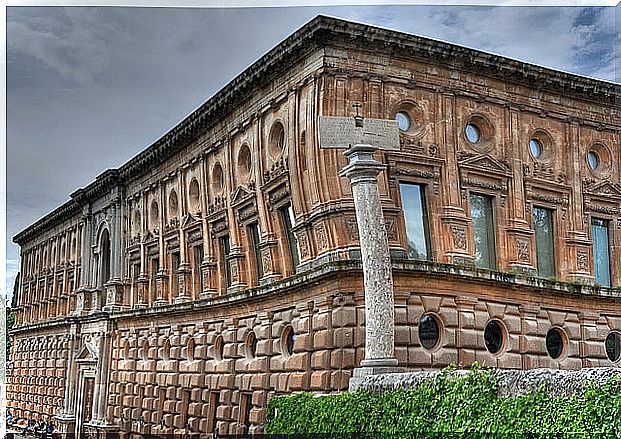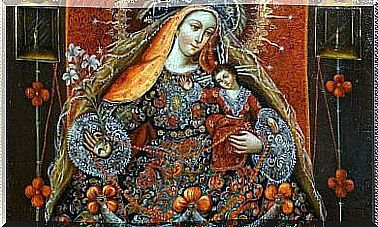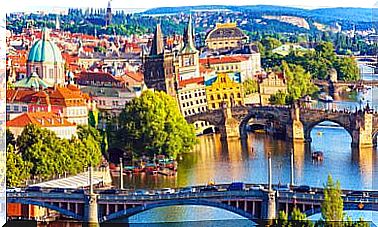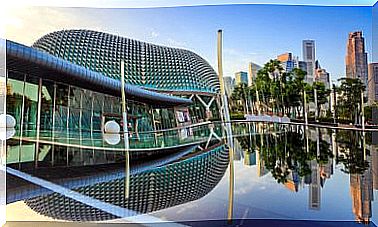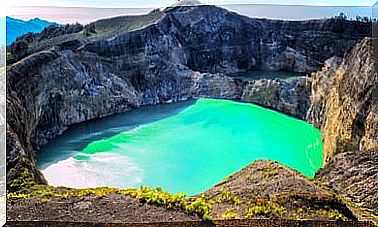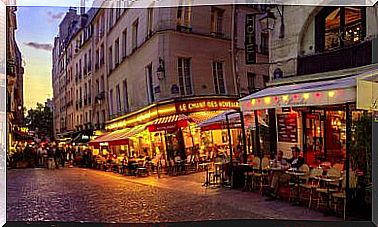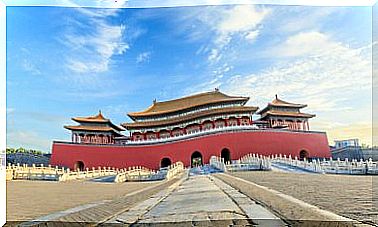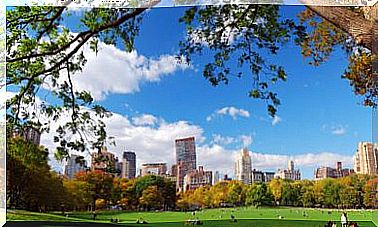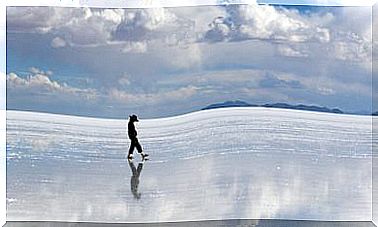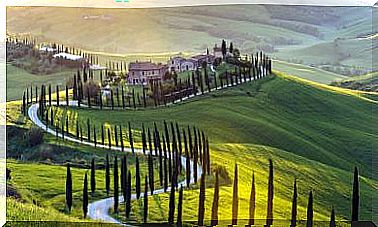We Visit The Palace Of Santa Cruz Del Viso Del Marqués
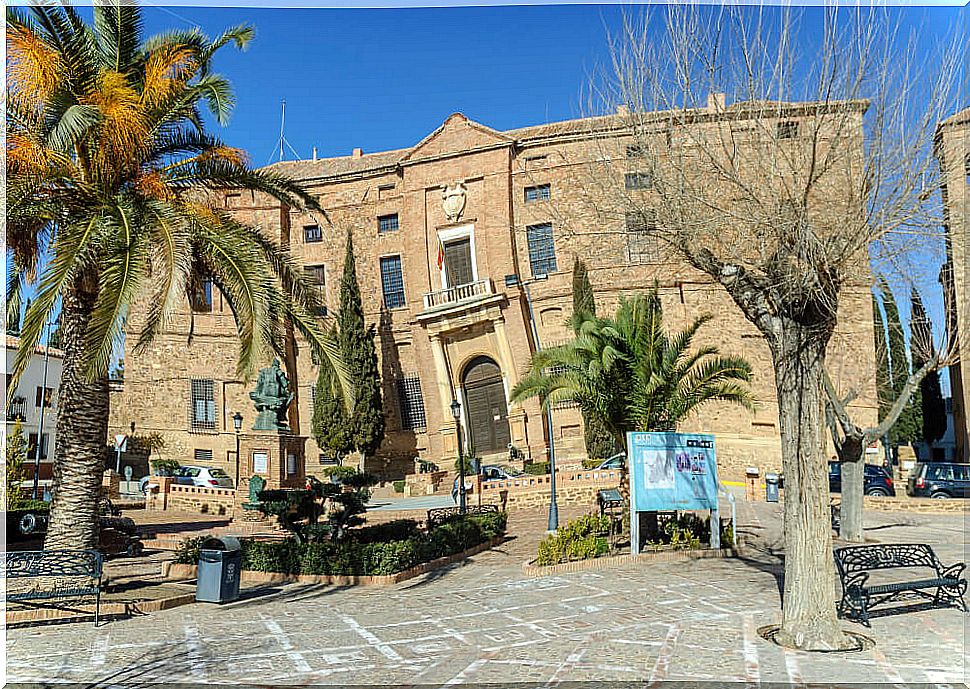
The palace of Santa Cruz del Viso del Marqués is a Renaissance jewel that we can find in the province of Ciudad Real. Its interior can be considered an example of what should have been the unfinished palace of Carlos V in Granada. Today it can be visited, as it houses the headquarters of the Don Álvaro de Bazán Naval Archive and Museum.
History of the Palace of Santa Cruz
Its construction is due to Don Álvaro de Bazán, an undefeated general in the Spanish Navy, closely linked to the monarchy. In 1569 Felipe II appointed him Marquis of Santa Cruz and granted him a series of lands in the current province of Ciudad Real. And, in what is now a town of less than 2,400 inhabitants, the Marquis built his palace.
It is surprising that a sailor who spent practically his entire life sailing chose this place so far from the sea. However, El Viso is halfway between the ports of Santa María in Cádiz and Cartagena in Murcia. In other words, it was a strategic point.
Santa Cruz Palace architecture

In 1562 work began on this spectacular Renaissance palace of Italian taste, typical of the Cinquecento. The architect chosen for this was Giovanni Battista Castelló el Bergamasco , a disciple of Michelangelo.
It is configured from a central square patio with a double arched gallery. Around it we find numerous rooms distributed over two main floors and each with a mezzanine for service.
Outside, its architecture is more sober and solid and uses local stone. It is missing the 4 towers that it must have had on the corners, which disappeared after the Lisbon earthquake of 1755 and which was felt throughout the peninsula.
The twin windows on the façade are also surprising, of which only one was opened for each pair. It was probably due to the cold in the area, which had nothing to do with the mild climate of Genoa.
The façade is austere, just a central body framed with robust columns, between which a balcony opens on which is the coat of arms of the Marquis.
The palace fresco paintings

The Santa Cruz Palace has 8000 m² of fresco paintings by Spanish and Italian artists. These flood the view from the entrance, since as soon as you cross its main door, you enter an elegant lobby with a profusely decorated vault whose main scene is dedicated to the god Neptune.
From the hall you can access the double gallery patio. In this courtyard you can enjoy country scenes, mythological scenes and the places where Don Álvaro spent all his life: Spain, Italy, France and Turkey and some of the main ports and cities of the time.
The rooms of the palace
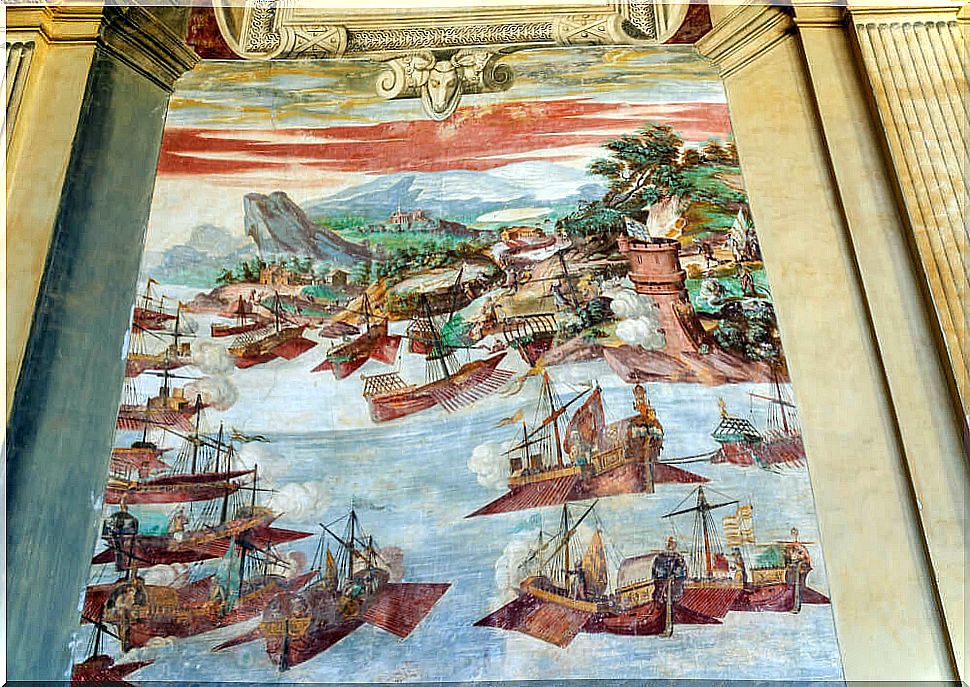
In the rooms on the ground floor , the great hall in the west area stands out, showing the conquest of Portugal by sea. And next to it, the Room of the Four Elements: water, earth, fire and air.
Likewise, in one of the corners we find a beautiful room, the Ulysses Room, in which several passages from the Odyssey are represented . On the stairs we can see scenes from the works of Hercules and the seven deadly sins.
In the upper gallery you can see scenes that represent Flanders, Castile, Las Indias and Germany. On this floor we find the private rooms of Don Álvaro de Bazán and his descendants, all of them represented in frescoes.
In addition, it is necessary to highlight the Lineage Hall, in which the most illustrious ancestors of the Marquis appear, the Four Seasons Hall and the Hall of Honor, among other rooms.
The visit to the palace of Santa Cruz in El Viso del Marqués
Today the palace can be visited almost in its entirety, as it still maintains private rooms of the current Marquis of Santa Cruz. The visit lasts approximately 45 minutes.
The tour is accompanied by a specialized guide who welcomes visitors to the palace. The price of the ticket is chosen by the visitor, as it is a donation.
